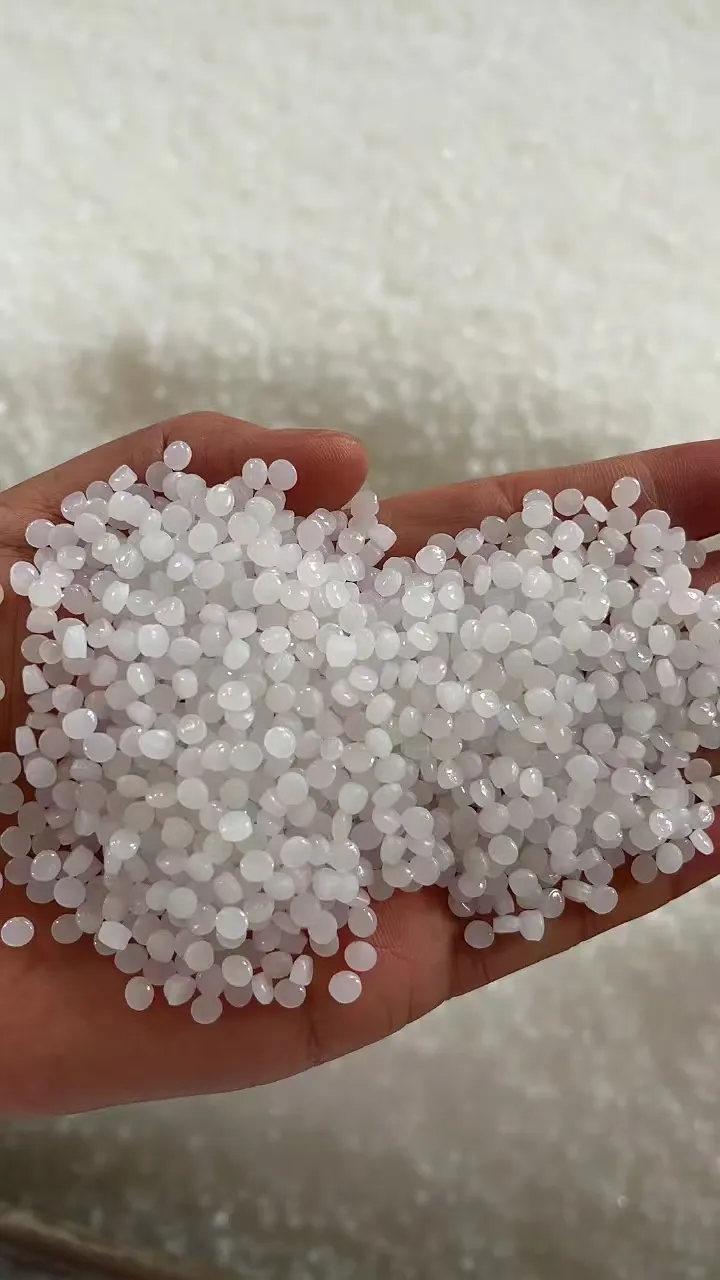-
 Afrikaans
Afrikaans -
 Albanian
Albanian -
 Amharic
Amharic -
 Arabic
Arabic -
 Armenian
Armenian -
 Azerbaijani
Azerbaijani -
 Basque
Basque -
 Belarusian
Belarusian -
 Bengali
Bengali -
 Bosnian
Bosnian -
 Bulgarian
Bulgarian -
 Catalan
Catalan -
 Cebuano
Cebuano -
 China
China -
 Corsican
Corsican -
 Croatian
Croatian -
 Czech
Czech -
 Danish
Danish -
 Dutch
Dutch -
 English
English -
 Esperanto
Esperanto -
 Estonian
Estonian -
 Finnish
Finnish -
 French
French -
 Frisian
Frisian -
 Galician
Galician -
 Georgian
Georgian -
 German
German -
 Greek
Greek -
 Gujarati
Gujarati -
 Haitian Creole
Haitian Creole -
 hausa
hausa -
 hawaiian
hawaiian -
 Hebrew
Hebrew -
 Hindi
Hindi -
 Miao
Miao -
 Hungarian
Hungarian -
 Icelandic
Icelandic -
 igbo
igbo -
 Indonesian
Indonesian -
 irish
irish -
 Italian
Italian -
 Japanese
Japanese -
 Javanese
Javanese -
 Kannada
Kannada -
 kazakh
kazakh -
 Khmer
Khmer -
 Rwandese
Rwandese -
 Korean
Korean -
 Kurdish
Kurdish -
 Kyrgyz
Kyrgyz -
 Lao
Lao -
 Latin
Latin -
 Latvian
Latvian -
 Lithuanian
Lithuanian -
 Luxembourgish
Luxembourgish -
 Macedonian
Macedonian -
 Malgashi
Malgashi -
 Malay
Malay -
 Malayalam
Malayalam -
 Maltese
Maltese -
 Maori
Maori -
 Marathi
Marathi -
 Mongolian
Mongolian -
 Myanmar
Myanmar -
 Nepali
Nepali -
 Norwegian
Norwegian -
 Norwegian
Norwegian -
 Occitan
Occitan -
 Pashto
Pashto -
 Persian
Persian -
 Polish
Polish -
 Portuguese
Portuguese -
 Punjabi
Punjabi -
 Romanian
Romanian -
 Russian
Russian -
 Samoan
Samoan -
 Scottish Gaelic
Scottish Gaelic -
 Serbian
Serbian -
 Sesotho
Sesotho -
 Shona
Shona -
 Sindhi
Sindhi -
 Sinhala
Sinhala -
 Slovak
Slovak -
 Slovenian
Slovenian -
 Somali
Somali -
 Spanish
Spanish -
 Sundanese
Sundanese -
 Swahili
Swahili -
 Swedish
Swedish -
 Tagalog
Tagalog -
 Tajik
Tajik -
 Tamil
Tamil -
 Tatar
Tatar -
 Telugu
Telugu -
 Thai
Thai -
 Turkish
Turkish -
 Turkmen
Turkmen -
 Ukrainian
Ukrainian -
 Urdu
Urdu -
 Uighur
Uighur -
 Uzbek
Uzbek -
 Vietnamese
Vietnamese -
 Welsh
Welsh -
 Bantu
Bantu -
 Yiddish
Yiddish -
 Yoruba
Yoruba -
 Zulu
Zulu
Current Trends in Plastic Net Pricing and Market Analysis
The Dynamics of Plastic Net Prices An Overview
In recent years, the market for plastic nets has seen significant fluctuations in pricing, influenced by various factors ranging from raw material costs to global demand. Plastic nets are ubiquitous in various industries, including agriculture, aquaculture, construction, and packaging. Understanding the dynamics of plastic net prices requires a closer look at the elements shaping this marketplace.
Raw Material Costs
One of the most substantial factors impacting plastic net prices is the cost of raw materials. Plastic nets are primarily made from polyethylene, polypropylene, or nylon. The prices of these polymers are closely tied to the global oil market, as they are derived from petrochemical products. When crude oil prices rise, the costs of producing these plastics also increase, leading manufacturers to adjust the prices of plastic nets accordingly. Conversely, when oil prices stabilize or decrease, there can be a slight relief for consumers in the form of lower plastic net prices.
Supply Chain Challenges
The COVID-19 pandemic has also exposed vulnerabilities within the supply chain, affecting the availability and cost of plastic nets. Shipping disruptions, labor shortages, and raw material shortages have all contributed to inconsistent pricing. For example, if raw materials are in short supply due to production halts in oil refineries or manufacturing plants, this can lead to increased prices for plastic nets. Furthermore, increased transportation costs due to fuel surcharges and logistical challenges can also drive prices higher.
Demand Dynamics
plastic net price

The demand for plastic nets varies across different sectors, and this fluctuating demand plays a pivotal role in pricing. In agriculture, for instance, the need for protective nets to shield crops from pests, hail, or excessive sunlight has seen a spike, particularly as agricultural practices evolve towards more sustainable methods. The aquaculture industry has also adapted plastic nets for fish farming, further driving demand. When demand outpaces supply, manufacturers increase prices to balance the market.
In contrast, during economic downturns or agricultural off-seasons, demand for plastic nets may decrease, leading to a reduction in prices as manufacturers attempt to move their excess stock. Seasonal variations can also contribute to price fluctuations, particularly in agriculture-related products.
Environmental Considerations
The growing emphasis on sustainability has introduced another layer of complexity to the pricing of plastic nets. Consumers and industries are increasingly aware of the environmental impact of single-use plastics and are seeking more sustainable options. This has led to a rise in demand for biodegradable plastics and recyclable materials, driving innovation but also potentially increasing costs initially. Manufacturers may need to invest in new materials or technologies to meet these demands, which can affect the price of plastic nets in the short term.
Conclusion
In summary, the price of plastic nets is influenced by a myriad of factors including raw material costs, supply chain dynamics, fluctuating demand, and environmental considerations. As the market continues to adapt to global changes, including technological advancements and shifting consumer preferences, one can expect to see continued volatility in plastic net pricing. For consumers and businesses alike, understanding these dynamics is crucial for making informed purchasing decisions and for strategizing in an ever-evolving marketplace. As the global community increasingly prioritizes sustainability, the landscape of plastic net production and pricing is likely to transform, offering both challenges and new opportunities.
-
Shipping Plastic Bags for Every NeedNewsJul.24,2025
-
Safety Netting: Your Shield in ConstructionNewsJul.24,2025
-
Plastic Mesh Netting for Everyday UseNewsJul.24,2025
-
Nylon Netting for Every UseNewsJul.24,2025
-
Mesh Breeder Box for Fish TanksNewsJul.24,2025
-
Expanded Steel Mesh Offers Durable VersatilityNewsJul.24,2025











